-
•
•
4 responses

A few weeks ago I shared with you the first of my Sacrament poems, Bread of Life. For some reason, just the act of sharing it made me feel closer to my faith than I’ve felt in a long time. So I’ll take the liberty of sharing a second poem, in the hope that it might help both me and perhaps someone else. I’ve always loved the symbolism of the Sacrament. The idea of Christ literally feeding us is so evocative of the deep necessity we all share for his love and Atonement. I can appreciate that from an aesthetic standpoint,… Read More
-
•
•
111 responses
Another installment in my occasional series (see here, here), this one prompted by a fine little two-page article titled “Keeping the Faith” in, of all places, the BYU Magazine. The Church, both the membership and leaders, finally seems to be waking up to the fact that the Church is losing its youngest adult cohort, the Millennials. What exactly is the problem? What can be done at the local level to address the problem? What can LDS leaders do at the Church-wide level to address it? Read More
-
•
•
64 responses
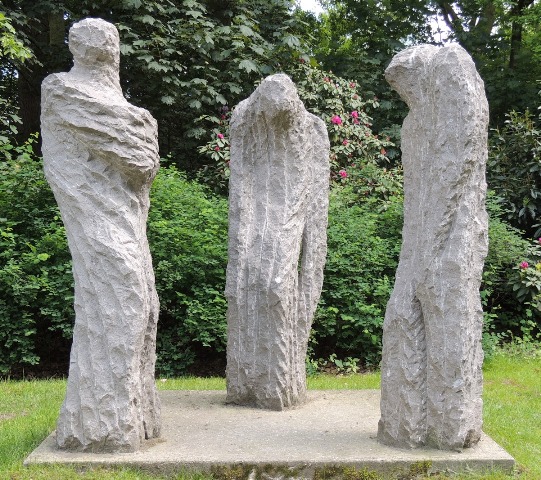
We sometimes hear stories about Mormon missionaries who are confronted with angry people. We praise the missionaries for suffering for Christ like the apostles of old. We condemn the iniquity of those who loathe the messengers of the Lord. I am going to take up some perspectives of those angry people—because of my mother and others I’ve known over the years. And thousands I do not know. In other churches, missiology experts have been studying at length this topic of tensions, conflicts, and social damage resulting from Western missionizing, including the ethical issue of intra-Christian proselytism. We Mormons seem to… Read More
-
•
•
34 responses

Since Nathaniel mentioned Game of Thrones and why he doesn’t watch it in his wonderful post earlier this week, I thought I’d give you a few lines on why I do watch the series. Much ink has been spilled over the gratuitous sex and violence in Game of Thrones. I’ll admit that I roll my eyes over the fact that every conversation that can possibly take place whilst the person speaking (or at least someone else in the room) is having sex, does. Still, I think what tends to bother people even more is the sense that there are no boundaries to the terrible… Read More
-
•
•
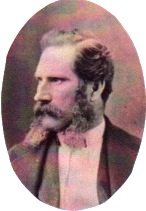
The story of Balaam, as discussed in Old Testament Gospel Doctrine lesson 16, is about a prophet’s struggle with obedience and the requirements of political leaders. As portrayed in the Bible, Balaam follows the commandments of the Lord, but he attempts to get gain by currying favor with a political leader needed. I think this issue of obedience is fascinating, something that, if we all think about it, we also face. We all have employers, friends, and others who try to influence us, sometimes against what we know the Lord would have us do. Our response is sometimes to merely… Read More
-
•
•
Lesson 10 of the Joseph Fielding Smith manual discusses our search for truth, citing many of the prophet’s statements on how we are to obtain knowledge of the truth and on the value of truth in our lives. President Smith teaches that truth is something we should seek and value—ideas that can be found in the following poem. Read More
-
•
•
4 responses
So I read Bigler and Bagley’s The Mormon Rebellion: America’s First Civil War, 1857-58 (U. of Oklahoma Press, 2011) last week. It will certainly convince you that the Utah Territory of the 1850s was the Wild Wild West as much as it was Zion. Checking the footnotes, it seems like the narrative is built primarily on reports from dissenters, which I suppose is where you turn for facts if you think Mormons were all liars, thieves, and murderers. There wasn’t much historical context provided, say about levels of violence in other western settlements or maybe something about that Second Civil… Read More
-
•
•
24 responses
A friend of mine shared the following with me. With her permission (and with some details scrambled for privacy) I share it with you; I thought her insights into the practical reality and consequences of being single in the Church are profound. Read More
-
•
•
14 responses
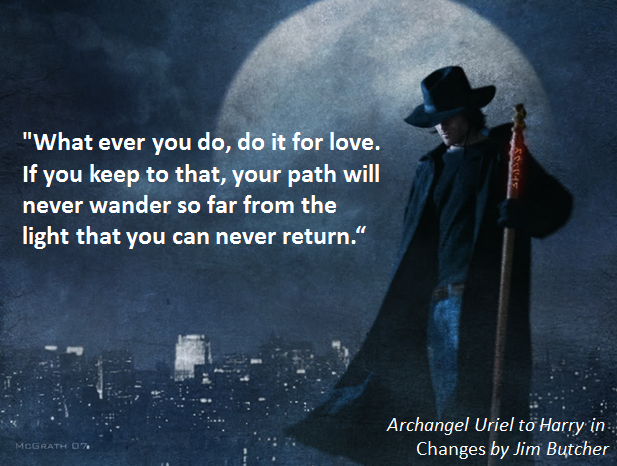
This post is a follow up to my two previous posts As Much As I Know Anything and What It Would Take To Not Believe. I have to start out by clarifying something that I didn’t define well enough in a previous post. I made the statement that we cannot not believe, but that depends on a definition of belief that isn’t universal and that I should have made more clear. Obviously we can choose to not believe in lots of things individually. But when I think about belief I have something more holistic and systemic in mind. Our really… Read More
-
•
•
10 responses
Jesus walks on the water and intends to “pass by” his disciples. What’s going on here? Read More
-
•
•
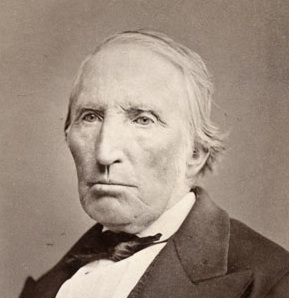
As the Mormon pioneers began their westward trek, they already saw themselves on an exodus similar to that of ancient Israel leaving Egypt for the promised land. And they faced some of the same difficulties that Israel faced—such as those outlined in Old Testament Gospel Doctrine lesson 15: complaints, backbiting, uncertain knowledge of the land they were going to, and even a promised land populated by another people. The poem below, written near the beginning of the Mormon trek, urges the Saints in England to promptly take part in the trek, despite its dangers and the misgivings of many Church… Read More
-
•
•
19 responses
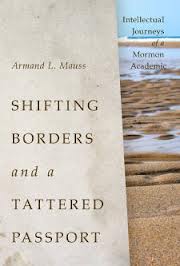
We continue our Q&A with Armand Mauss, LDS author and scholar. See Part 1 for a full introduction. 5. Let’s talk now about some of the issues you discussed in your memoir, Shifting Borders and a Tattered Passport: Intellectual Journeys of a Mormon Academic (U of U Press, 2012). In Chapter 6, “Recurrent Visits with the Race Issue,” you recount how you conducted research on the LDS race issue during the 1960s for your dissertation on Mormonism and minorities, filed at UC Berkeley in 1970. That put you smack in the middle of the most contentious issue in the Church… Read More
-
•
•
191 responses

Everybody was shocked by the news that on April 19 in Utah a three year old girl killed her two year old brother with a shotgun. Poor boy, poorer girl and still poorer parents, what a tragedy, also for the wider family, the ward, the community, the church, in fact for everyone. This is exactly what should never happen. Such an accident always depends on a string of improbable circumstances: the fact that the gun was within reach of toddlers, that it held still one bullet, that mother or father were just out of sight at that very moment, the… Read More
-
•
•
7 responses
An upcoming conference: Read More
-
•
•
13 responses
“The rise of biblical criticism” is the title of a section in Jaroslav Pelikan’s Whose Bible Is It? A History of the Scriptures Through the Ages (Viking, 2005). Those pages are a short and objective introduction to what is variously called biblical criticism, historical criticism, higher criticism, or the historical-critical method. This discussion is sort of a set up for my upcoming review of David Bokovoy’s new book Authoring the Old Testament: Genesis — Deuteronomy (Kofford Books, 2014), which I will be posting in two parts over the next couple of weeks. Read More
-
•
•
6 responses

Sometimes I have a hard time concentrating during the Sacrament. Theoretically, it shouldn’t be difficult. My squirmy, distracting babies and toddlers have grown up; in fact, I play the organ, so my husband sits with the children on Sundays. I sit on the stand by myself, and try to keep my thoughts where they belong–focused on the sacred ordinance in which I am participating. Sometimes it’s difficult. Especially lately. I’ve been going though something of a spiritual desert. The feeling of comfort and safety and familiarity that I’ve long associated with church has been partially converted into doubts and questions… Read More
-
•
•
19 responses
Way back in April 2004, almost exactly ten years ago, Armand Mauss was the very first Times and Seasons 12 Questions guest (see Part 1 and Part 2). A lot has happened in the last ten years, so Armand has graciously agreed to answer 12 more questions. He was a Professor of Sociology for many years at Washington State University (the other Cougars) and is the author of two must-read books for students of Mormonism, The Angel and the Beehive (1994) and All Abraham’s Children (2003). With Lester Bush, he co-edited a collection of essays, Neither White nor Black: Mormon… Read More
-
•
•
27 responses
In my last post I talked about Mormonism as an answer to the question, “Which church is true?” and suggested that this question has only been compelling on a large scale in fairly limited circumstances. I ought to note here that I am not trying to come up with some kind of general explanation for why people adopt religions or even of church growth in general. I am just interested in the kinds of messages that we have given about the Restoration and why those messages might or might not be compelling in differing social contexts. Another message on which… Read More
-
•
•
26 responses
Should the stories of miracles that Jesus performed be considered historically accurate? Did he walk on water, or was there a conveniently placed sandbar that made his disciples think he was walking on water, or did Mark just make this story up? Read More
-
•
•
12 responses
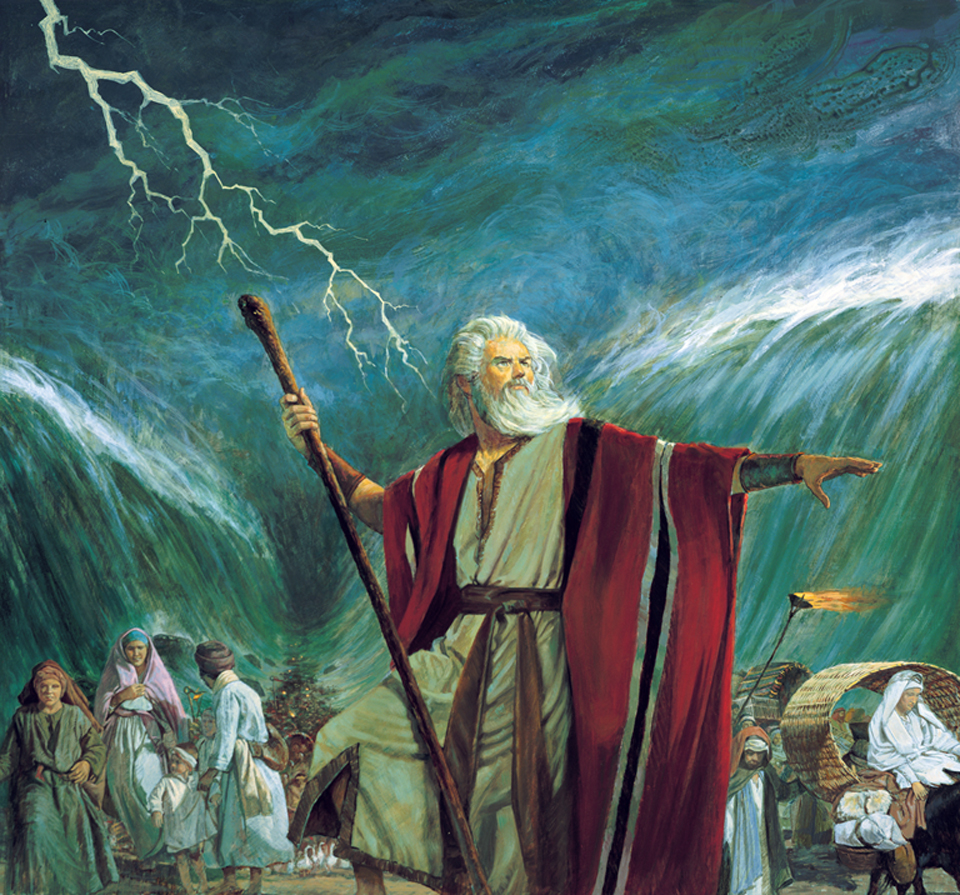
Now that we’re up to Exodus in Sunday School, I am reminded once again of how much murmuring and whining the Children of Israel do. Clearly the major theme of Exodus is God’s power to save. But packed in there is a pretty strong message that God’s people: Read More
-
•
•
47 responses
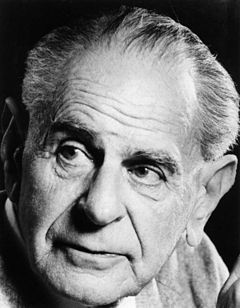
There was one question in response to my last post that I particularly wanted to answer, but wasn’t able to at the time. This is the question, which was posed by Sebastian Dick: “What would it take to convince you that (in as much as you know anything) propositions such as God exists or the BoM is historical are false? Or do you consider such propositions unfalsifiable?” This post is my answer. It is not a trite cliché that everyone has to believe in something. It is the literal truth. When your life has ended and you look back and… Read More
-
•
•
81 responses
I recently participated in a TribTalk about Ordain Women. Pretty much the first words out of Neylan McBaine’s mouth were something along the lines of “ordaining women won’t end sexism.” Read More
-
•
•
24 responses
This is the first in a series of posts in which I lay out some of my thoughts on what Mormonism’s message to the world has been and what it might become in the next generation or two. It’s a big topic, and I’m likely to yammer on at some length. You have been warned. Since the beginning of the Restoration Mormonism’s central message to the world has been “Join us!” We are and have always been a missionary religion. From an internal perspective missionary work serves three basic purposes. The first is to assist individuals work out their cosmic… Read More
-
•
•
12 responses
Times & Seasons used to post, from time to time, something “From the archives”. So is this one. *** Martha was one of the older sisters in our branch. We counted a scant dozen of them, singles and widows, making more than half of the congregation and being its very backbone. When I got to know her, Martha was in her sixties. Huge by nature and strong from her lifelong labors as a market woman, she lived in a modest but sunny apartment, four flights high. Rent and utilities took most of her tiny pension, but she managed. Every Sunday… Read More
-
•
•
8 responses
Here are a few things from General Conference that I loved: Read More
-
•
•
44 responses
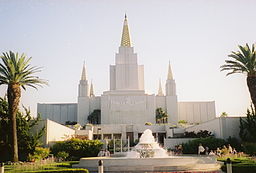
There is a lot that could be said about Elder Oaks’ conference talk about the relationship of women to the priesthood. In this post, I’m going to look at just one issue: the relationship of women, priesthood, and the temple. Read More
-
•
•
6 responses
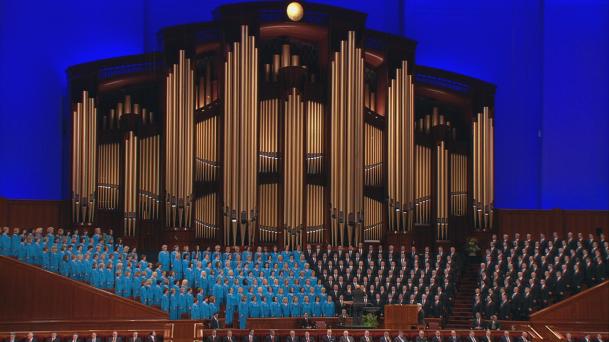
Welcome to T&S’ fifth and final round of coverage of General Conference. We welcome your comments. President Dieter F. Uchtdorf is conducting this session of Conference. Chorus: Sweet is the Work. Prayer: ? Chorus: I Stand All Amazed. President Boyd K. Packer — The Witness “Almost mid-sentence it happened. I could not describe to you what happened if I were determined to do so. It is beyond my power of expression, but it is as clear today as it was that night more than 65 years ago. I knew it to be a very private, very individual manifestation. At last I… Read More
-
•
•

Welcome to T&S’ fourth round of coverage of General Conference. We welcome your comments. Chorus: Come We that Love the Lord President Henry B. Eyring is conducting this session of Conference. Chorus: On This Day of Joy and Gladness Prayer: Élder L. Whitney Clayton Chorus: Let Us All Press On President Dieter F. Uchtdof — Grateful in Any Circumstance “There is one thing we can do to make life sweeter, more joyful, even glorious. We can be grateful.” “Could I suggest that we see gratitude as a disposition, a way of life that stands independent of our current situation? In… Read More
-
•
•
23 responses
I attended priesthood session at my local chapel. About sixty men and boys in attendance. One woman. It was snowing when I left home. I decided to reward my choosing the right with good consequences, so I stopped by my local Wendy’s and bought a small vanilla Frosty. On the way I listened to a few minutes of my current audio CD, Neptune’s Inferno, about the US Navy at Guadalcanal. Right now (in the CD) the US heavy cruiser San Francisco (which survived the fight) is trading fire with the Japanese battleship Hiei (which didn’t) in the Naval Battle of… Read More
-
•
•
4 responses

Welcome to round two of T&S sort-of live coverage of General Conference. President Eyring conducted this afternoon session with President Monson (in attendance) presiding. Opening prayer by Ian S. Ardern, a Seventy, and music by an Institute Choir from Orem, Utah. Direct quotations of a speaker are given in quotation marks; other text represents my own summary. Read More
